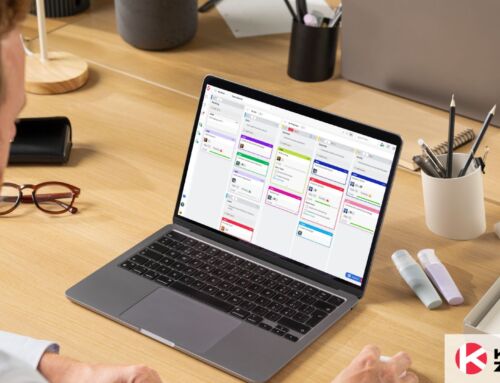
Learning is about flow: we can feel it when we’re in it and it’s good for us.
Remember the last time you were working on something, got deeply absorbed in and lost track of time? That’s called being in a state of flow.
The study of flow states in individuals has been well described over the last 20 years by researchers at Yale and elsewhere. We use different words in different contexts to describe how flow feels. Flow states are described by athletes as being “in the zone.” They’re described by meditators as losing a sense of self. They’re described by artists as deep immersion in their task. If you’ve ever seen a young person in school, deeply immersed in their work, they’re in a flow state. The beauty of flow in learning is that the state isn’t too ambiguous. You know it when you feel it. And according to Csikszentmihalyi and Kottler, they are very important to our wellbeing.
Essentially we seek out flow, we like it. It is also good for you. And we know that flow is good for us just by looking at the neurochemical release of people in flow states, it’s a healthier state of being. We also know that flow in learning is a state in which learning happens fastest, which is to say, the most new information is learned and integrated for the least amount of energy. And so when we think about the two conditions of our waking lives, when we’re trying to be productive, be it at school or in our work, we have basically two conditions: we can exist in flow, turbulence, or some combination.
Flow States in Groups
There is another dimension to flow outside of the subjective state of individuals. It turns out that flow also exists within groups of people in all kinds of contexts: sports teams, classrooms, dance floors, board rooms and all places humans gather to collaborate. Just as importantly, new developments in management are also increasingly based around work flows and making them visible to their organization as a way to see how the value of the organization, in our case the learning of the students, is flowing to its stakeholders, including parents, school administrators and the like.
Visualizing Flow in Learning
Organizational workflows are happening in the course of operations. For teachers, homework comes in, gets graded or reviewed, and flows back to the students. For students, the assignments arrive in a stream of tasks and we tick them off one by one. So if we are comfortable with the idea of workflows in real life and the fact that we can also map a workflow, we are ready to really apply flow in learning and any other place where learning is happening.
To start off, we need an image of flow. Basically, flow feels like it looks. On a day where you and those around you are “in the zone,” work gets done faster and more easily. On days with various sorts of turbulence, be they interruptions or a colleague in a foul mood, the work feels different: more effort is required, more friction, less progress and overall, just a bumpier flow. Some organizations seem to operate in perpetual crisis and turbulence. Others are a smoother ride, both at the level of how individuals feel and also at the level of the work getting done. Here is a basic way to conceptualize the two extremes of how flow in learning can exist.

Leaders and doers in organizations aim to create flow at the individual and group levels: tuning the organization to create more flow states for the learner or for the knowledge worker. And the opposite of flow in learning is all the reverse of those things. And we know what that feels like. When we’re at work. Someone is bent out of shape. We’re in a classroom, someone is bent out of shape, and our train of thought is interrupted, or our collaboration keeps getting distracted by someone who is not really wanting to create flow for the group.
Flow in Learning is Measurable
A nice thing about flow at group level is that it can be measured. Turbulence and flow can be estimated and made visible via artifacts like the Kanban board. The essential thing to understand is that flow in learning is also improvable at every level, individual, team and organization IF it can be made visible enough.
The take away as we think about flow is this: flow has a rate, it has known dynamics such as degree of alignment in an organization, or a teacher’s relative mastery of classroom environment management that describe the workflow’s relative level of turbulence. More flow means more learning or work is getting done per unit of time. And once we have this mental model of flow we can start to understand the dynamics of flow more deeply, in particular the difference between “push” flow systems and “pull” flow systems, which we will uncover in our next post.
Learn to Work Smarter, Not Harder!
Get our top articles weekly.
Table Of Contents
Discover many more posts…







